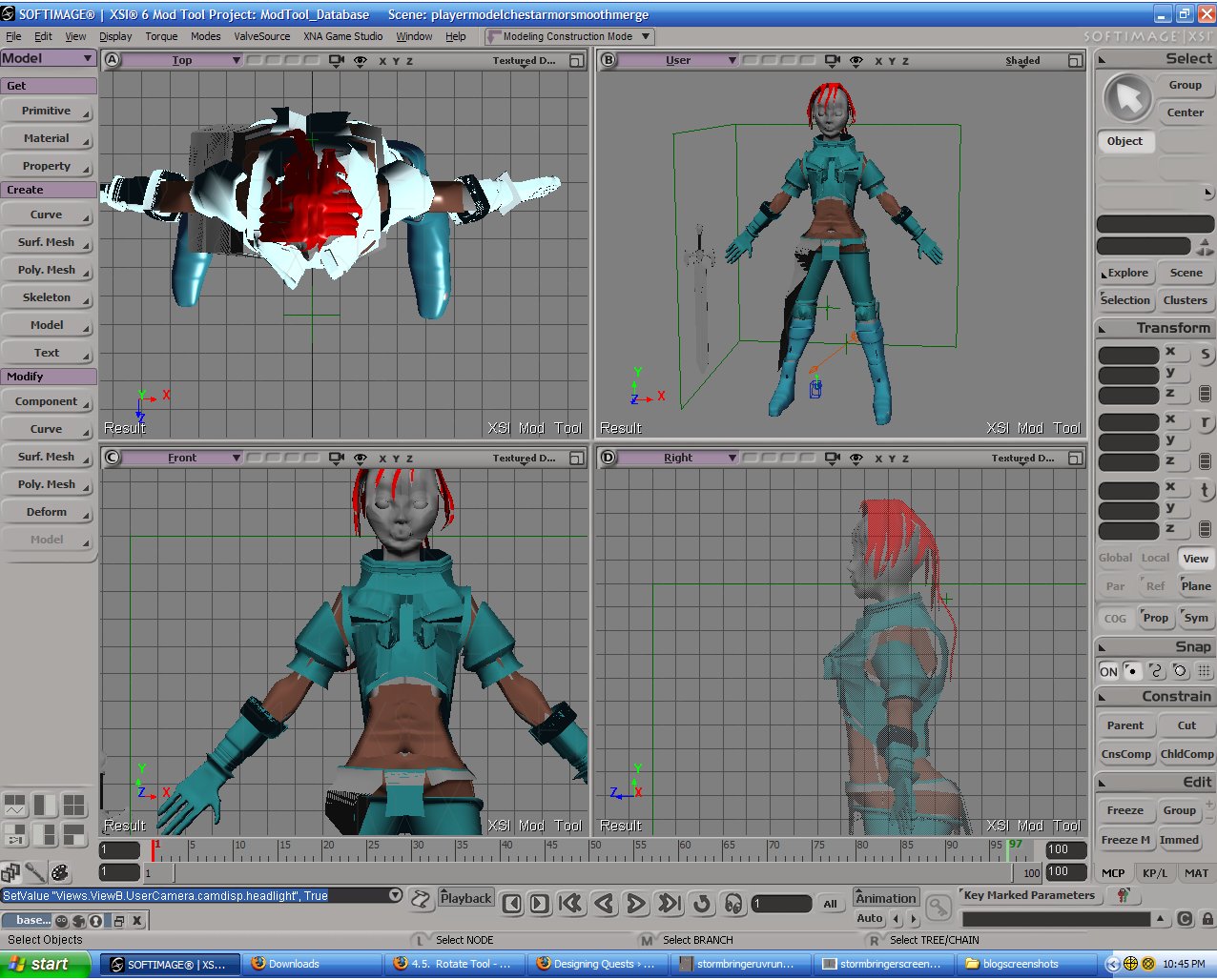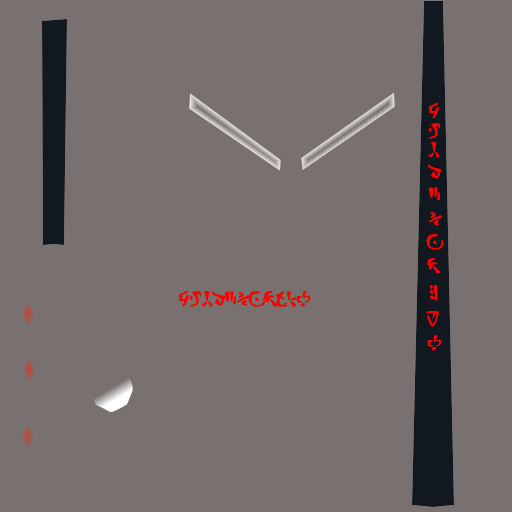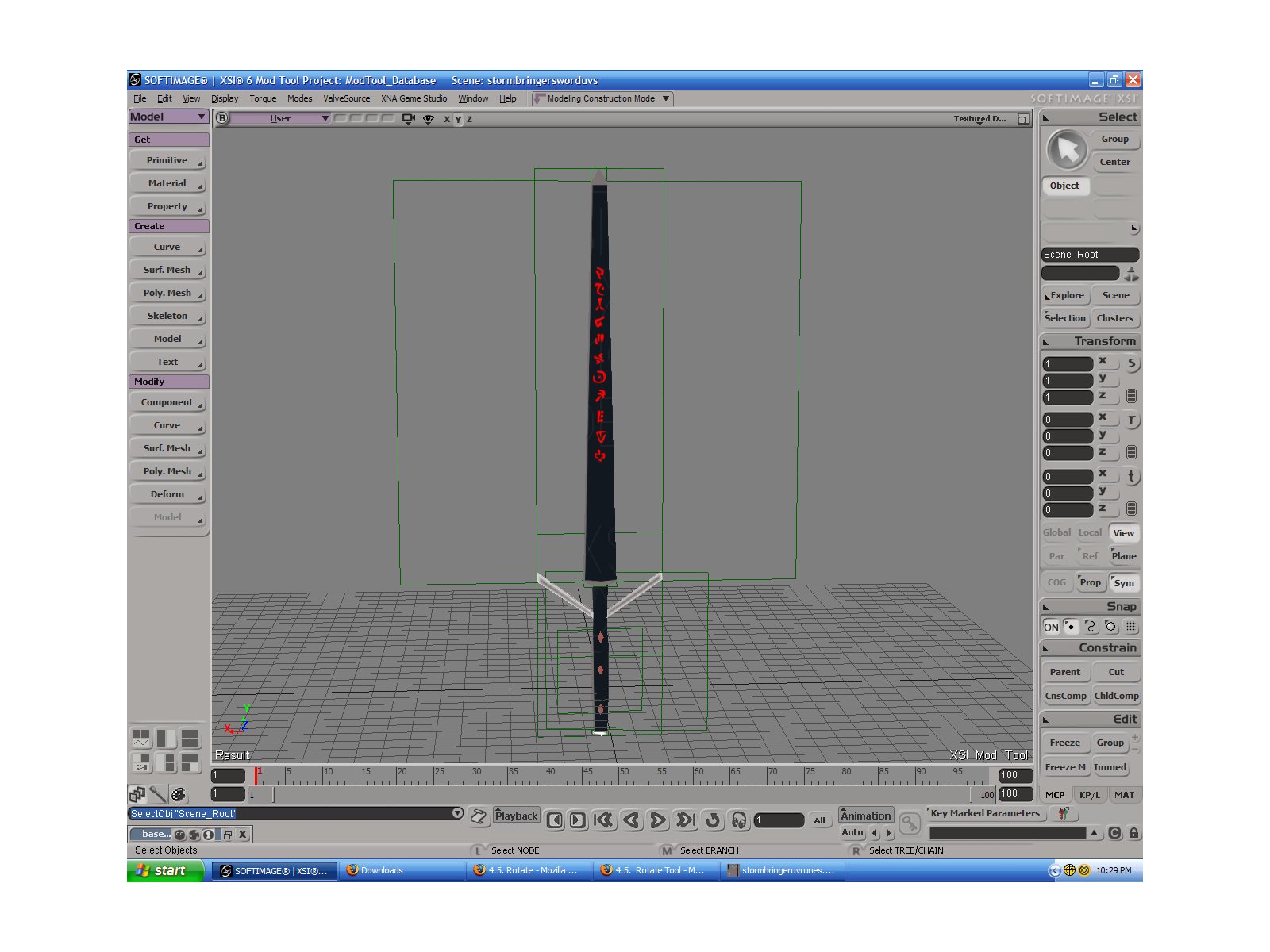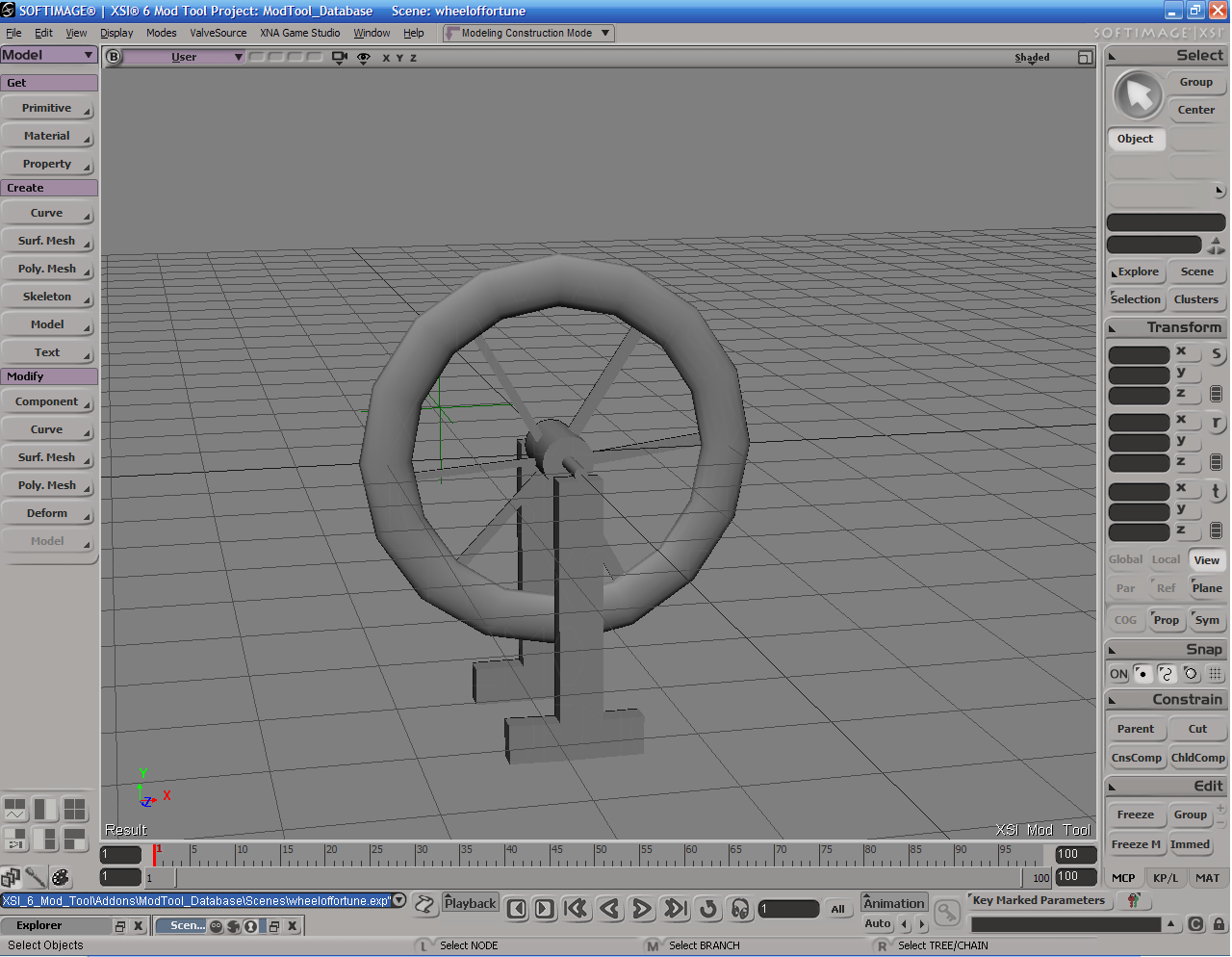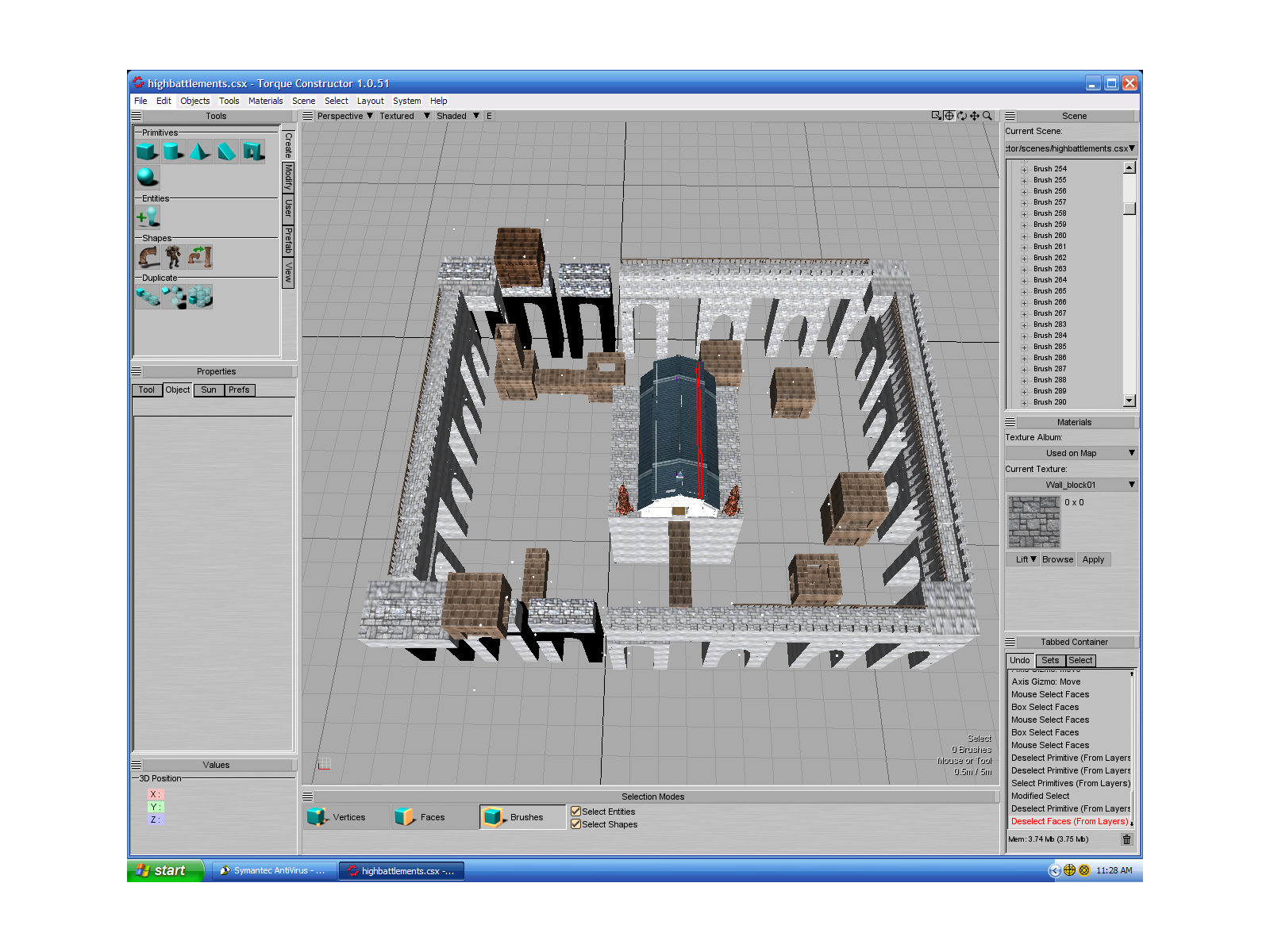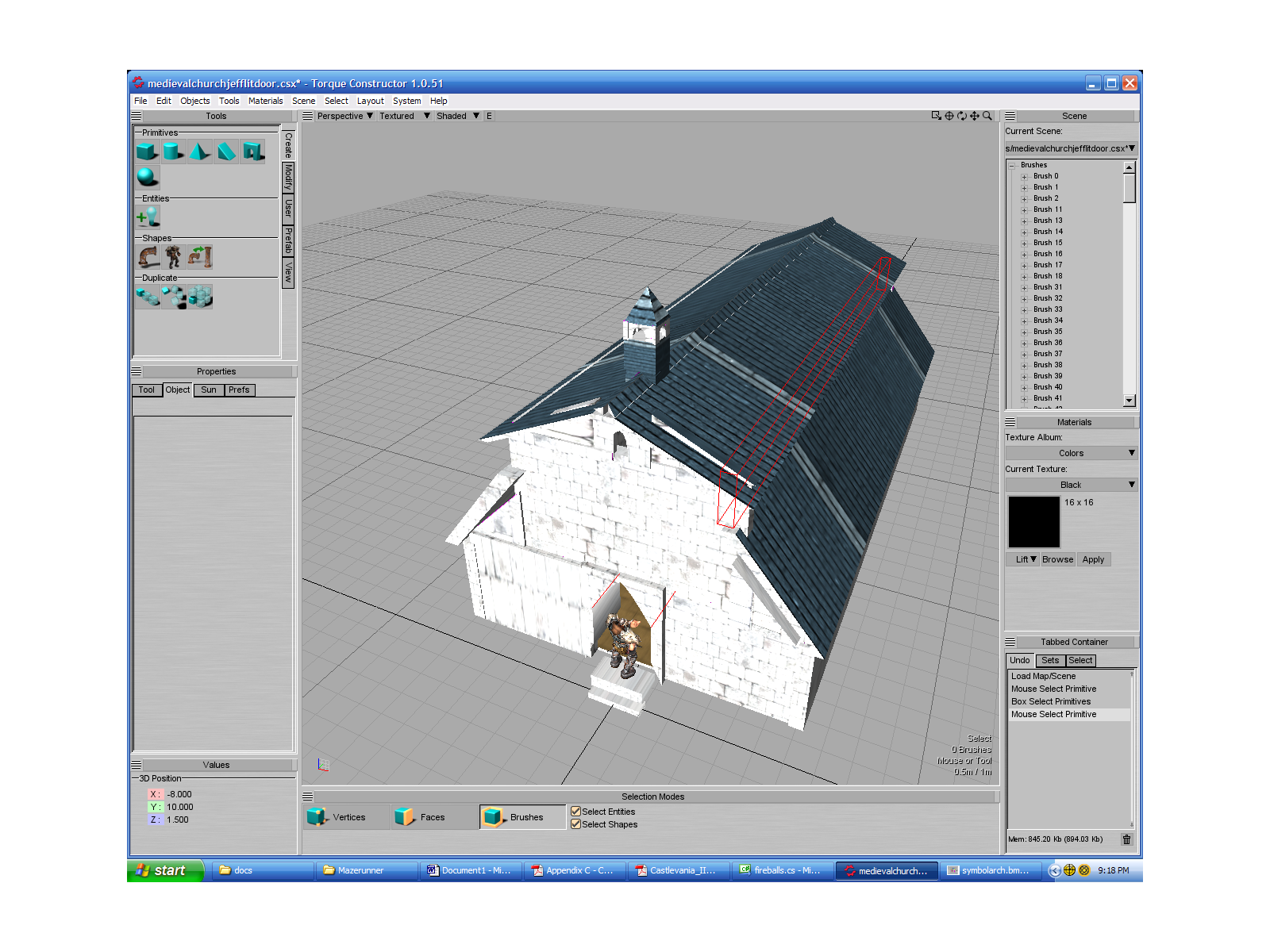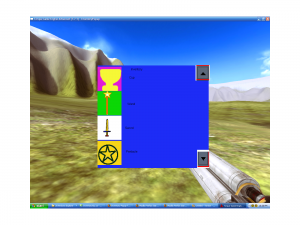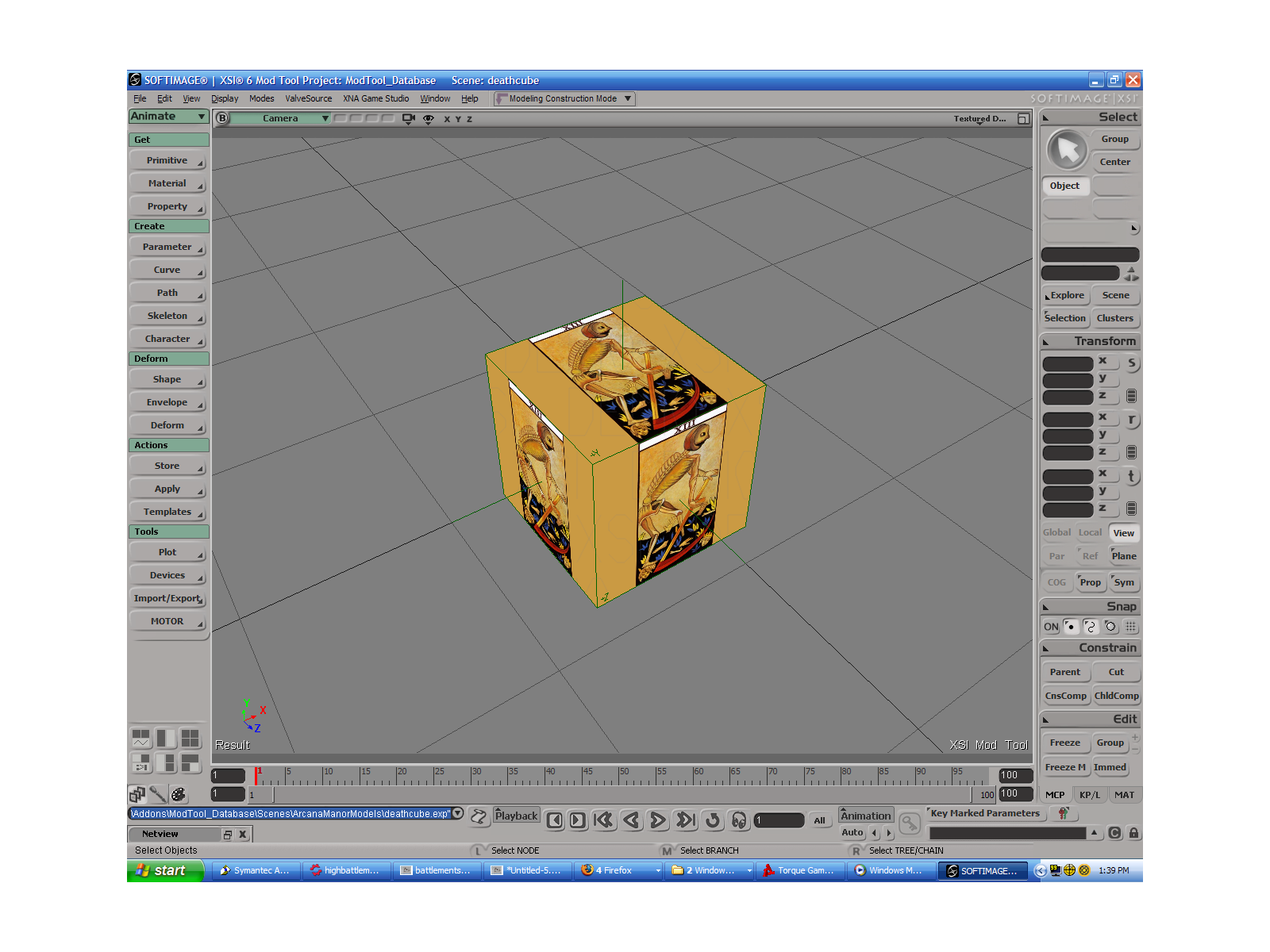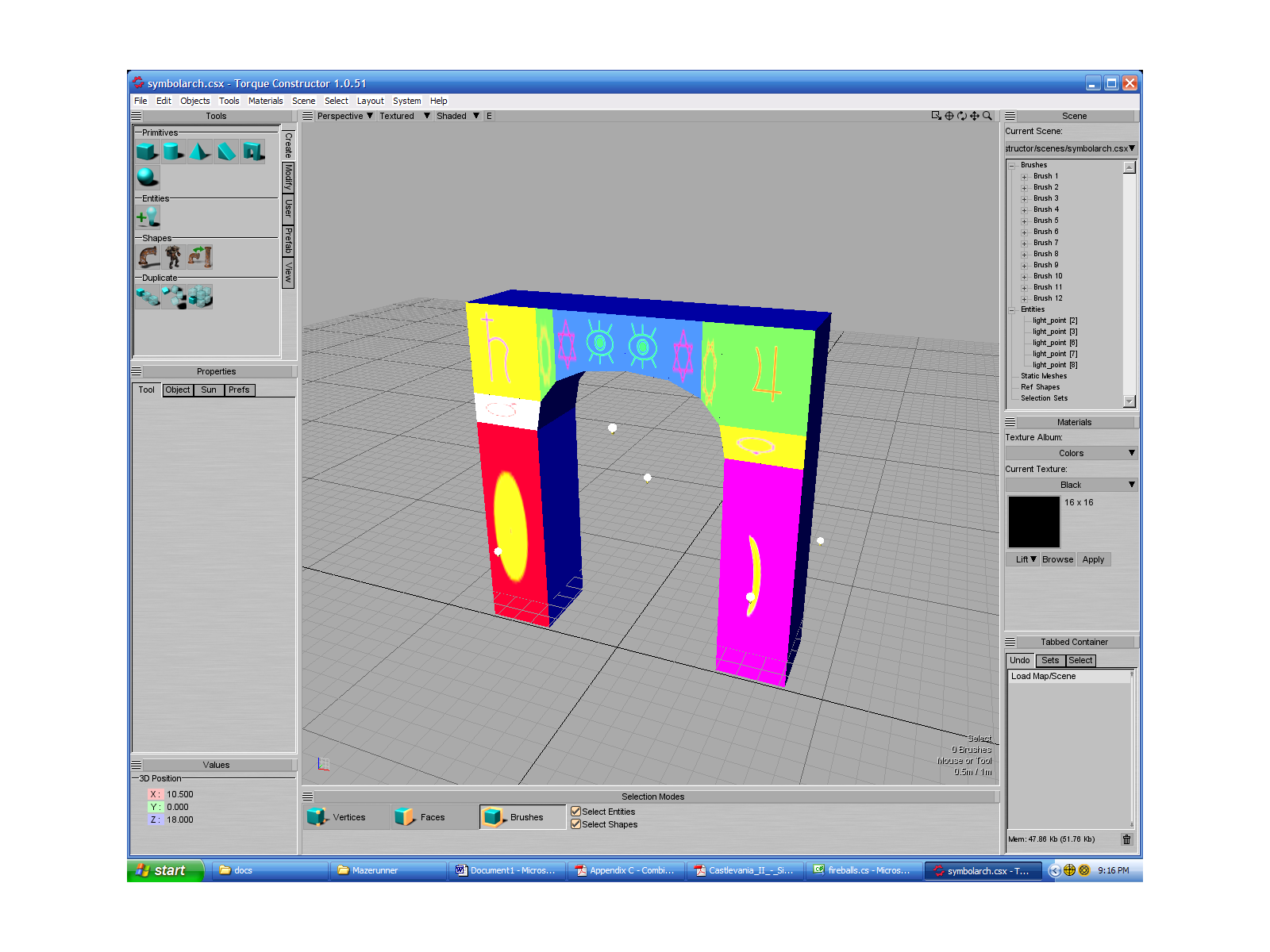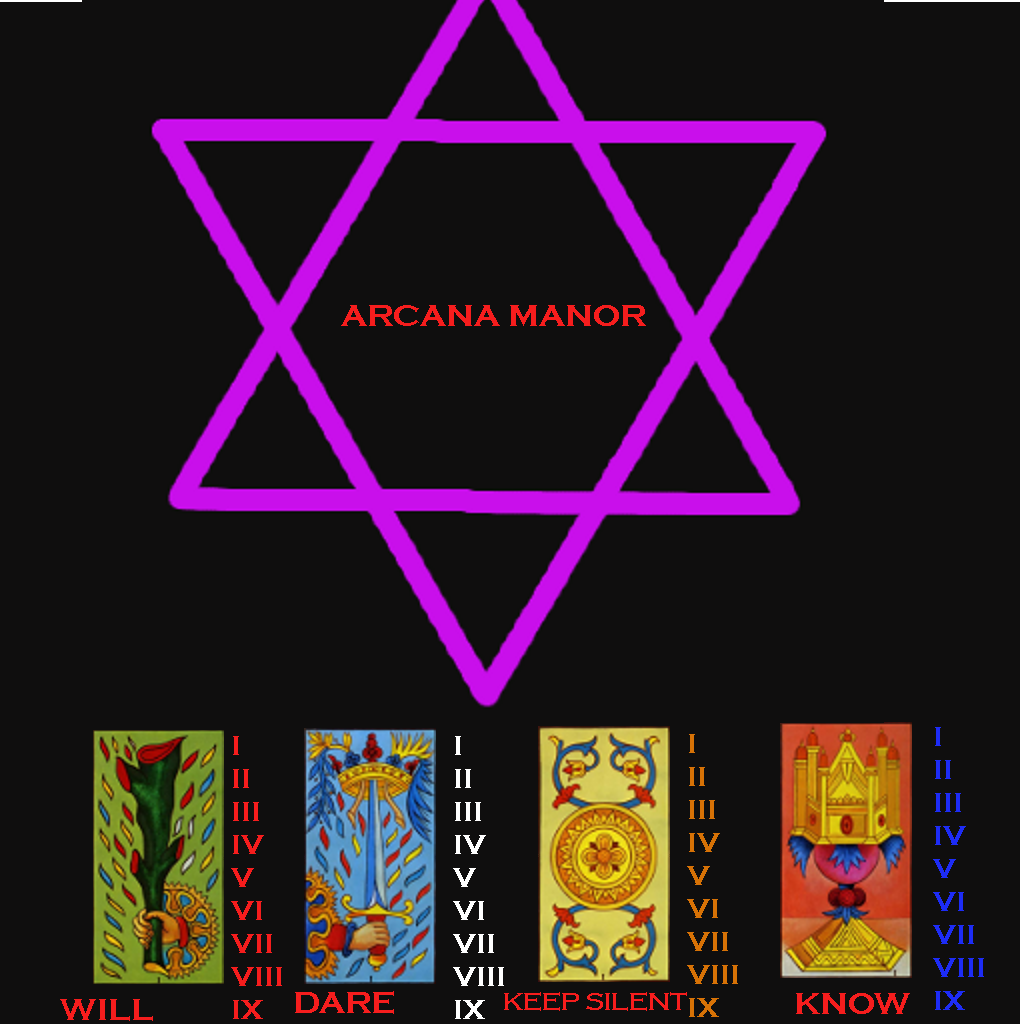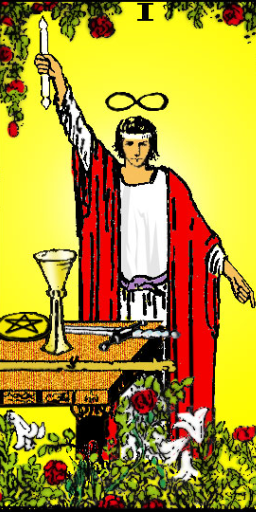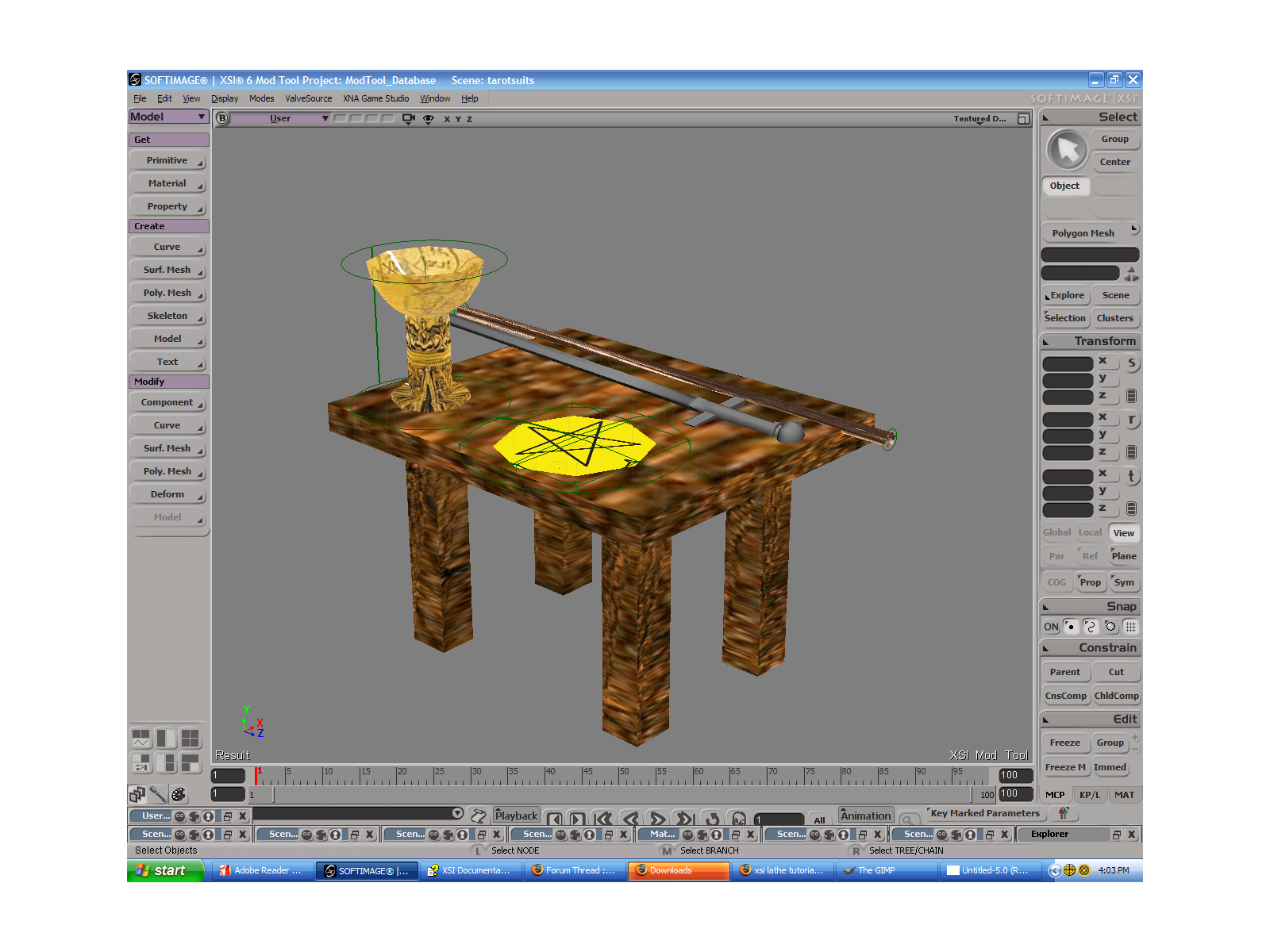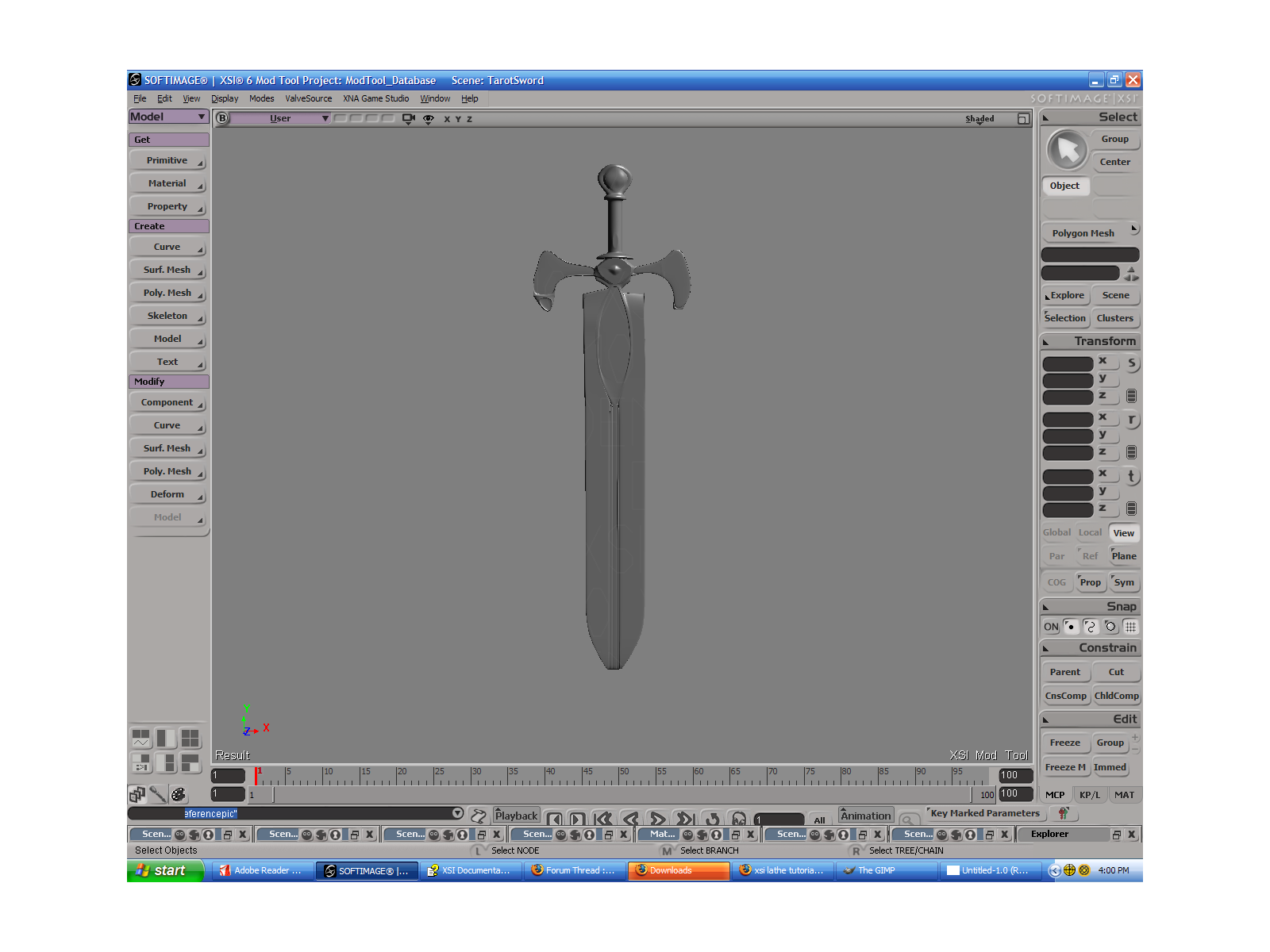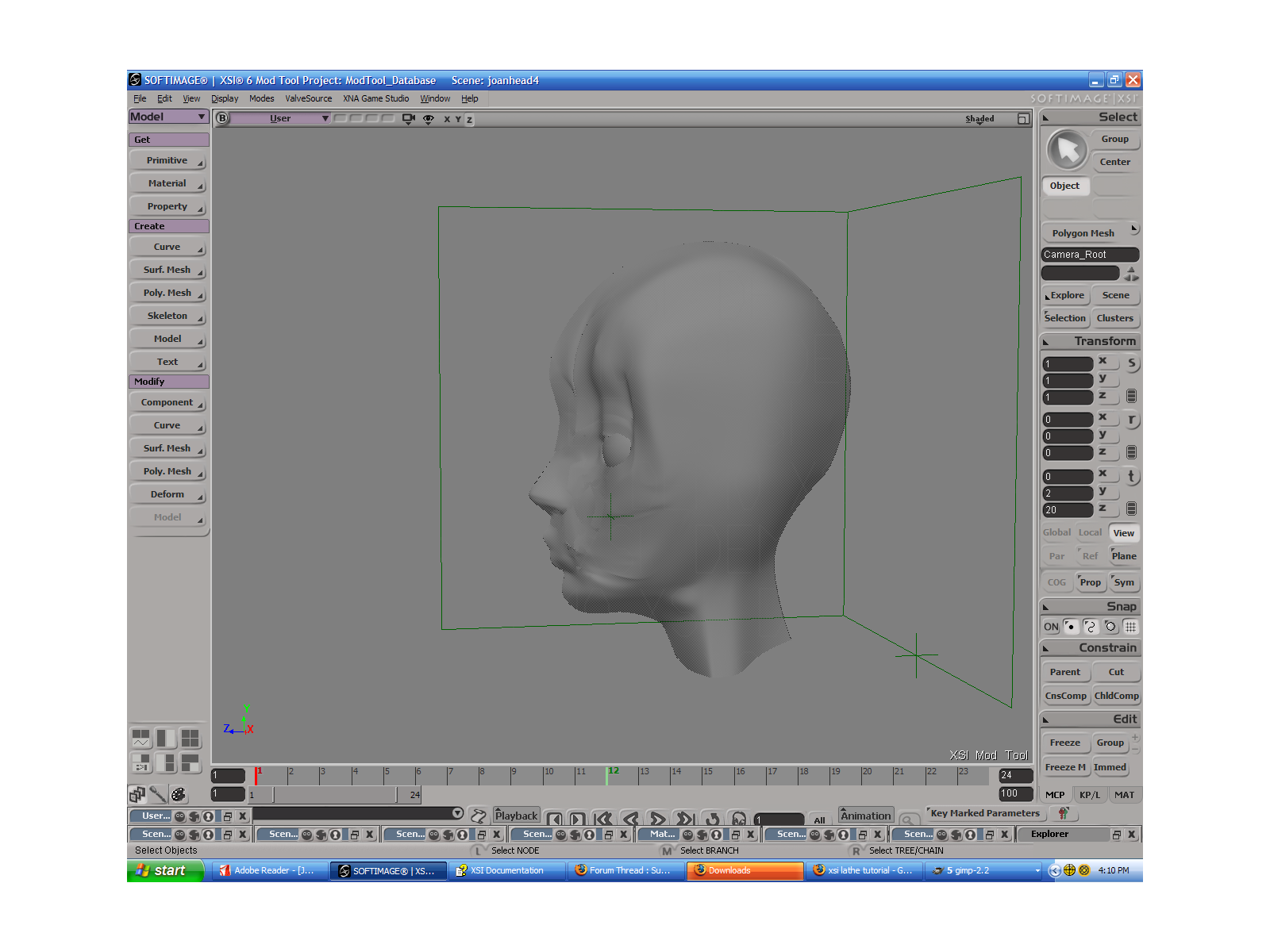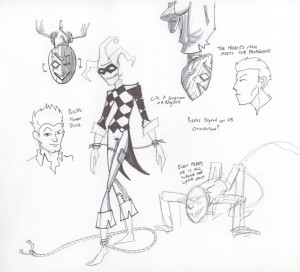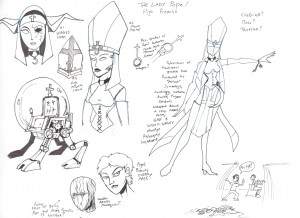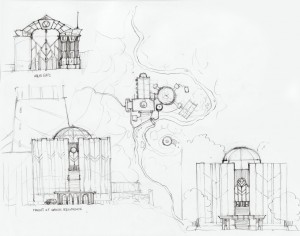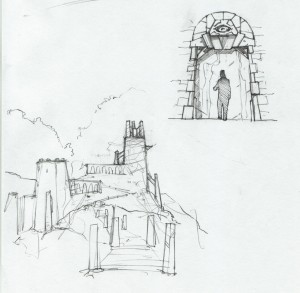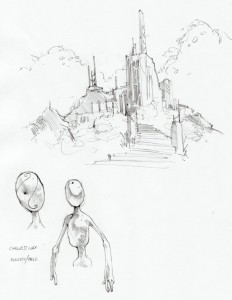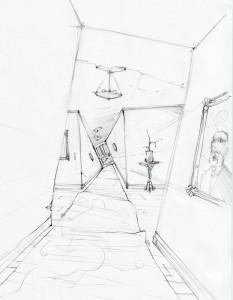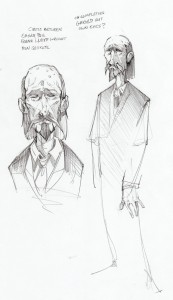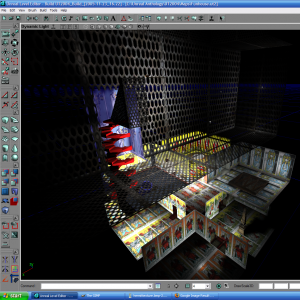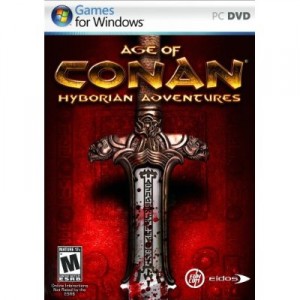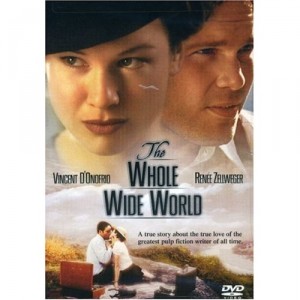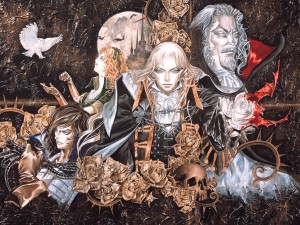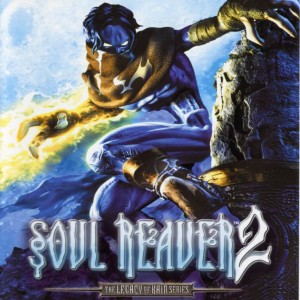Overview
Each tarot card is a spell.
The minor arcana (the suit cards with varying numbers of wands, cups, pentacles, and swords) are low-level alterative, restorative, protective/illusionary, and aggressive spells. Players cast these spells very frequently, and the process of casting them should be quick and addictive.
The major arcana (the 22 pictorial cards with Magician, High Priestess, Tower, etc.) are ultra-powerful spells used to resolve especially tough situations (e.g. apparently undefeatable bosses, seemingly impossible puzzles, totally blocked or inaccessible areas in the manor)
MINOR ARCANA SPELLS
The minor arcana spells are relatively easy to execute.
The minor arcana are less powerful (but still effective) spells, requiring only the collection of items and the tracing of a simple sigil in the air.
To cast a minor arcana spell, the player must have at least one of the objects associated with it (e.g. at least one sword)
The player must trace the correct (simple) sigil in the air with the respective item (e.g. hexagram, pentagram, Saturn astrological symbol, Mercury astrological symbol).
Tracing a hexagram with a sword equipped has a different effect than tracing one with a cup equipped, i.e. the sword hexagram attacks and the cup hexagram heals.
Swords are charged with aggressive magic, representing the power of the analytical mind to destroy demons of illogic and delusion. Collecting a sword object allows the player to fling one flying sword as a projectile at an enemy. Collecting multiple sword objects powers up the spell, allowing the player to fling as many flying swords as he has collected sword objects.
Two options for how the powering up of spells works (I haven’t decided which)
Spells remain powered up (i.e. the player doesn’t lose spell levels when he throws swords). For this reason, power ups should be rare rewards, distributed and hidden sparingly throughout the level.
[OR: Spell levels deplete in power every time the spell is cast, so items must be collected constantly and are distributed plentifully.]
Wands are alterative, representing the power of the will. The player can use the wand to telekinetically raise platforms to form staircases and launching pads. Wands can also form bridges out of pure light and energy so that the player can pass over otherwise impassable chasms.
Pentacles are protective: they can produce a glowing transparent shield that is as powerful as the number of swords or cups that one has currently collected
Cups are restorative: they release a healing flood of soft-colored blue or purple light that raises mana or health.
In traditional occultist thought (Levi, Crowley, Jodorowsky), each of these arcana stands for one virtue of a magician: cups = knowing, swords = daring, wands = willing, and pentacles = keeping silent.
Players enact each of these arcana through a core mechanic, which is a spell power: keeping silent = stealth through invisibility, daring = leaping perilous chasms, knowing = destroying the enemies of delusion and solving puzzles, willing = bending the environment to one’s will by telekinetically moving platforms or causing
MAJOR ARCANA SPELLS
The major arcana are powerful spells that can only be unleashed through tracing the right sequence of sigils and pressing the right buttons, registered through color and sound.
They take time and deliberation to cast: the equivalent of a ritual.
They have less time pressure on them than the minor arcana spells, i.e. they are more like puzzle-solving, albeit complex puzzles with multiple solutions.
They are usually not cast while enemies are attacking, unless it is a very slow enemy or a horde of minor enemies banging at the gates.
The Death card can destroy whole levels of enemies (e.g. the enemies banging at the gates above), the Devil card can summon powerful demonic bosses to defeat or powerful demonic allies to aid you, the strength card can conjure into existence powerful magical protection (like a whole suit of armor)
E.g.:
Saturn Symbol + x + Aries Symbol + pentagram + y = the Devil, which summons a powerful demonic ally
A set of colored boxes at the bottom of the screen that light up as sigils and buttons are successfully or unsuccessfully executed
Maybe a musical tone plays also, à la Loom.
